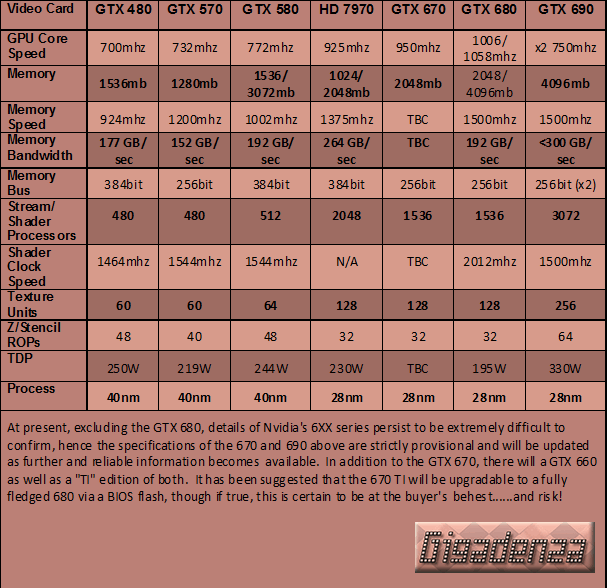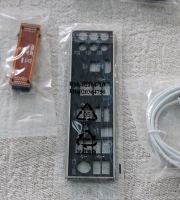

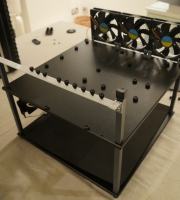
Well, the forecasts may have lacked authority, but this time, they were wholly accurate. Nvidia’s apparent stubbornness to disclose any firm details regarding its latest hand caused one notable hardware review site to break the “unofficial” NDA and post its extensive article half a day early. Aside from frustration, one must assume that their decision to jump the gun, hinged on the difficulty Nvidia might have in accusing them of violating an NDA which never officially existed, despite allegedly “countless emails” in efforts to establish one.
Perhaps one positive to emerge from all this anger and confusion is that, as with previous bona fide hardware launches from AMD and NVIDIA, once again, the goods themselves arrived on time – so to speak – and in plentiful supply. The age of tedious “paper” launches, when the testing and review phases would take place weeks, sometimes months before frustrated customers were able to taste of the fruit has passed and shows no sign of a renaissance.
With the multitude of review and benchmarking sites now erupting across the internet, many created and nurtured by hopelessly addicted enthusiasts for nothing but a love of PC technology, we are as close to a level playing field as ever.
The big hitters may still get an early and enticing glimpse of the “next episode” but they can only break silence a day or two before less illustrious, yet equally worthy contemporaries. Thus, nearly all potential customers can base their decisions on the broadest possible range of opinions from the very beginning and with less risk of biased previews or inaccurate test results influencing them.
With all of the above in mind, let’s take a look at what materialised in a large brown box on the morning after the night before.
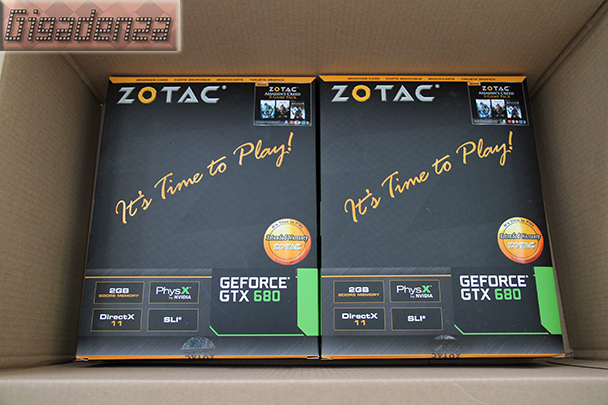
As with the “Fermi” based 5xx series, Nvidia’s priority with the “Keplar” which is broadly speaking, a fully refined Fermi, is energy efficiency. In examining the diagrams and table below, we can observe the more significant alternations the company has made to what many at first claimed was a terminally flawed design.
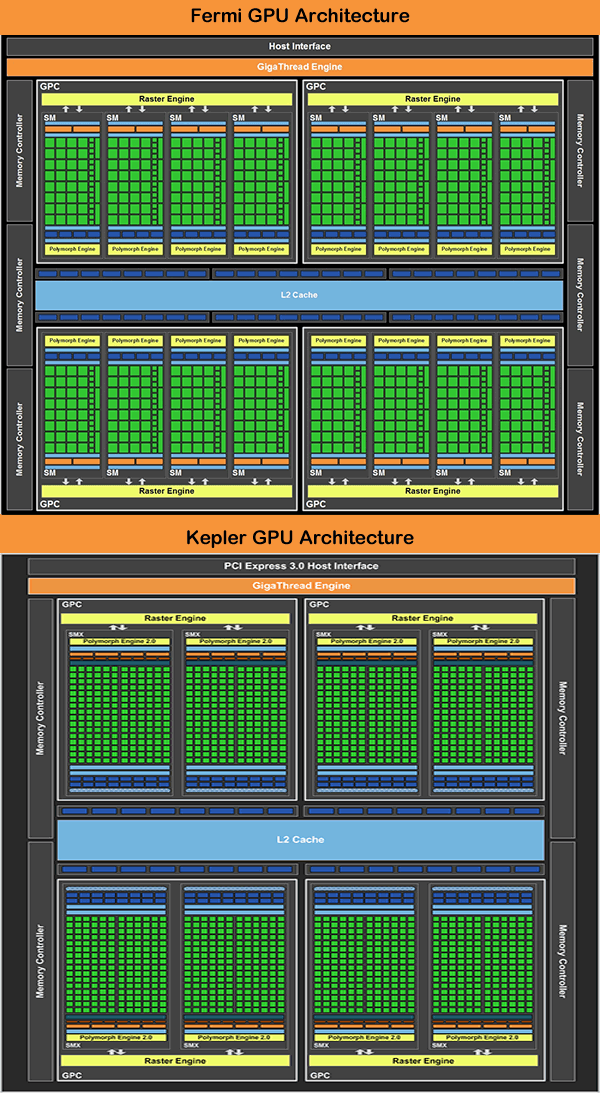
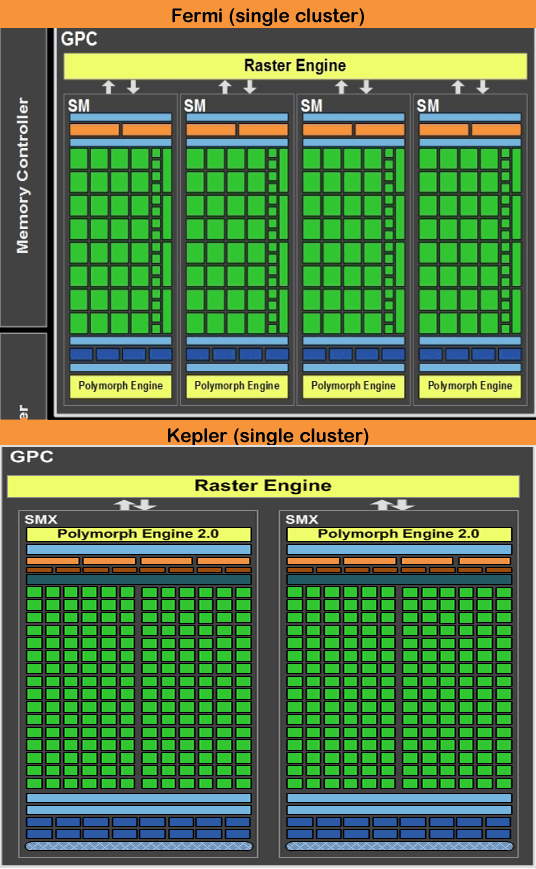
Both the Fermi and Kepler are based around four parallel GPCs (Graphics processing clusters), each of these clusters contains its own streaming multiprocessors (SMs). In the case of the Fermi, there were four SMs per cluster making a total of sixteen (four clusters times four SMs) while the Kepler has just two per cluster, making a total of 8.
However, each of these streaming multiprocessors in turn contains their own CPCs (cuda processing cores). The Fermi’s SMs each had 32 CPCs, giving us a total of 512 – remember, 4 GPCs times 4 SMs times 32 CPCs = 512, but for the Kepler, a chip which sports over 3.5 million transistors, Nvidia has introduced a new generation of streaming multiprocessor (known as SMX, or Streaming Multiprocessor Xtreme) in which the number CPCs for each has been increased sixfold to 192! This gives an incredible total of 1536 Cuda Processing Cores crammed into to half the number of streaming multiprocessors. Perhaps now we can begin to understand just how Nvidia has managed the feat of an enthusiast grade video card which dips below the 200W TDP barrier.
